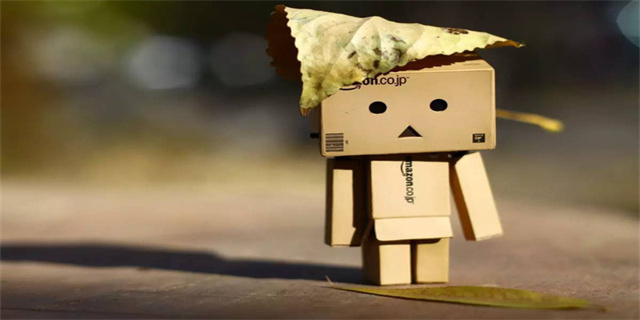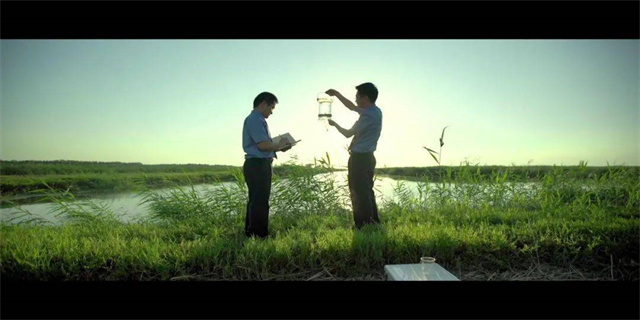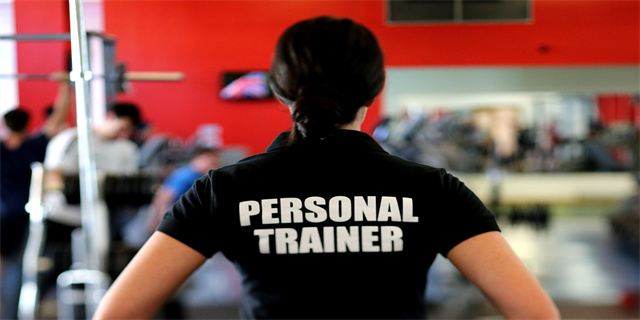blister(Understanding Blister Formation and Prevention)

Understanding Blister Formation and Prevention
Introduction
Blister formation is a common problem that affects individuals in various scenarios, such as during physical activities, new shoe wear, or exposure to heat or friction. These painful fluid-filled lesions can hinder movement and cause discomfort. In this article, we will delve into the mechanisms of blister formation, explore preventive measures, and discuss treatment options.
Causes of Blister Formation

There are several factors that contribute to the formation of blisters. Friction is a primary cause, as it creates rubbing forces between the skin and an external surface, such as shoes or tools. This friction separates the layers of the skin, causing fluid to accumulate in the newly formed space, leading to blister formation. Heat can also be a contributing factor, as excessive heat can disrupt the normal skin integrity. In some cases, blisters may even result from chemical or allergic reactions.
Prevention and Management

1. Proper Footwear Selection: Choosing the right footwear plays a crucial role in blister prevention. Shoes that fit well and allow sufficient toe space can minimize friction and alleviate pressure points. It is important to break in new shoes gradually and wear appropriate socks made of moisture-wicking material to minimize moisture build-up.
2. Lubrication and Padding: Applying lubricants, such as petroleum jelly or specialized blister prevention products, can reduce friction and provide a protective layer between the skin and the external surface. Additionally, using padding materials, such as moleskin or gel-filled bandages, can help alleviate pressure and provide cushioning, thereby preventing blister formation.

3. Moisture Control: Excessive moisture can increase the likelihood of blister formation. Keeping the feet clean and dry, especially during activities that induce perspiration, is vital. Using moisture-wicking socks and changing them regularly can aid in moisture control. In extreme cases, talcum powder or antiperspirant sprays can be utilized.
4. Skin Protection: Maintaining good skin integrity is crucial for blister prevention. Regularly moisturizing the skin and keeping it hydrated can enhance its flexibility and durability. Additionally, avoiding prolonged exposure to excessive heat or cold can help minimize the risk of blister formation.
Treatment Options for Existing Blisters
If a blister has already formed, it is important to take appropriate measures to aid in healing and prevent further irritation. The following steps can be taken:
1. Leave the Blister Intact: While it may be tempting to pop a blister, it is best to leave it intact whenever possible. The blister acts as a protective barrier and helps prevent infection. However, if a blister is painful or impairs movement, it may be necessary to drain it safely using a sterilized needle or scalpel under proper medical supervision.
2. Clean and Protect: Clean the blistered area gently with mild soap and warm water, and then apply an antiseptic ointment. Cover the blister with a sterile adhesive bandage or dressing to protect it from further friction or injury.
3. Pain Relief: Over-the-counter pain relievers, such as acetaminophen or ibuprofen, can be used to alleviate pain and reduce inflammation associated with blisters.
Conclusion
Blister formation can be an uncomfortable and hindering experience; however, with proper preventive measures and timely treatment, the risk of blisters can be significantly minimized. Selecting appropriate footwear, managing moisture, and protecting the skin are key factors in blister prevention. It is important to remember that if blisters persist or become infected, seeking medical advice is essential for proper care and healing.










